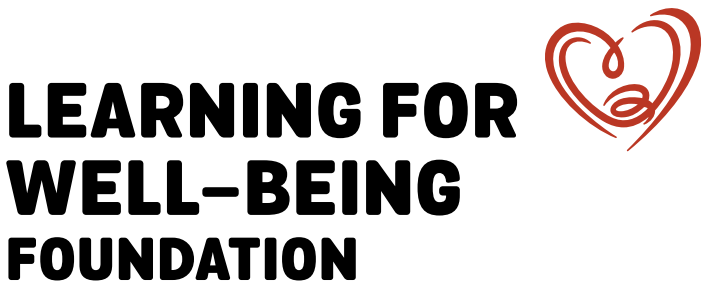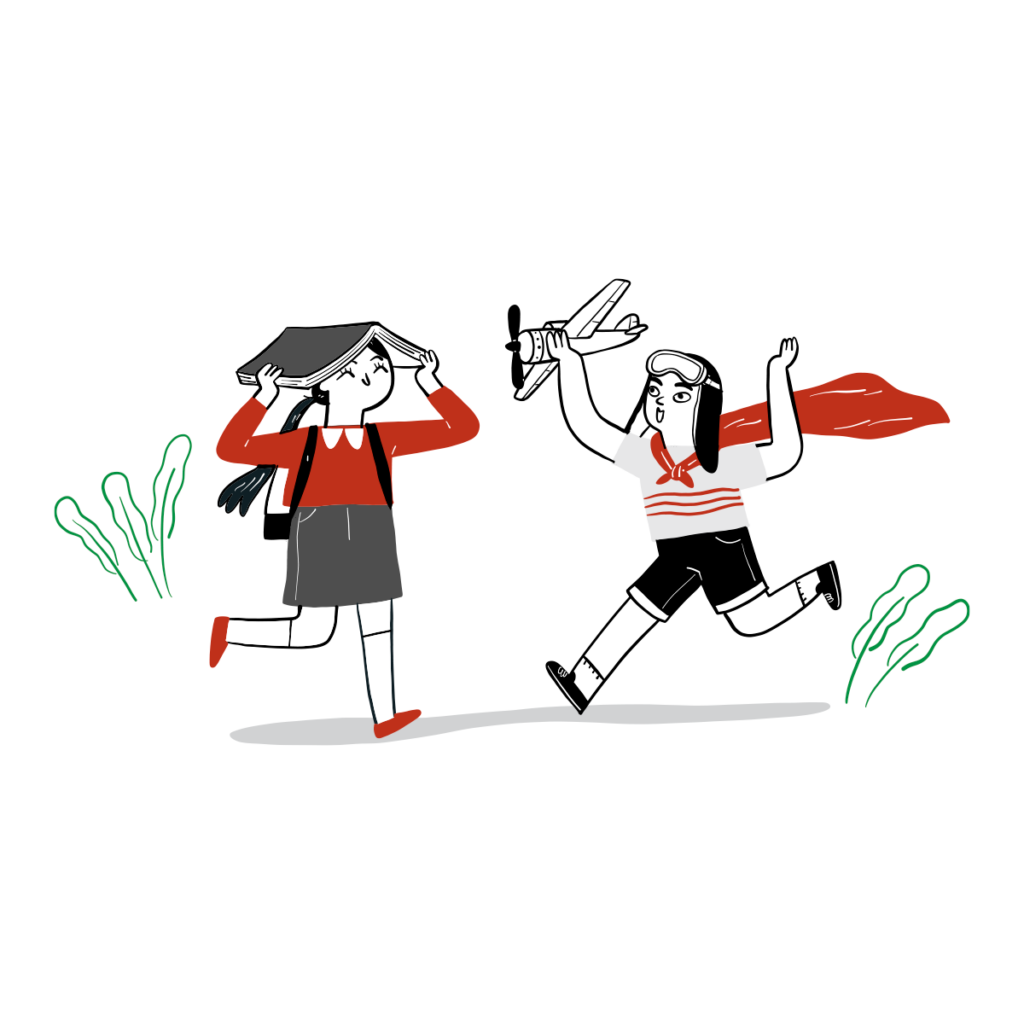Theory of Change
Our vision
A world where every child can fulfil their unique potential.
Aims
From fragmented to Holistic environments
The aims define the direction of the foundation’s activities towards its vision. They are not attainable but offer an orientation and frame of reference. Moreover, they are linked to the field shifts the foundation wishes to create concerning the identified problems.
Children’s environments support the holistic engagement of all involved, meaning that both children and those interacting with them feel participation is woven with purpose and can connect their actions with their inner life. It also means that learning and living experiences stimulate physical, emotional, mental and spiritual development and are supported by core capacities throughout life.
From standardised to Individualised approaches
Children’s environments recognise that learning and participation happen differently for each child, depending on their inner patterns of processing their experience. Families and educators explore and recognise these patterns as they unfold and create ways through which children’s natural qualities and strengths can be valued and expanded.
From child exclusion to Child Participation
Well-being for all requires spaces and means through which children define and create well-being, not only for themselves but also as a shared vision for society.
From tension to Intergenerational Partnership
Development must happen in children and adults alike, who must see and treat each other as competent partners and create sustainable and fair societies.
We believe these shifts can be supported through developing their core capacities to make decisions and take actions that serve themselves, others, and their communities.
Aspiration
Below is a diagram explaining how we use the Learning for Well-being approach to create the shifts we want to see.


